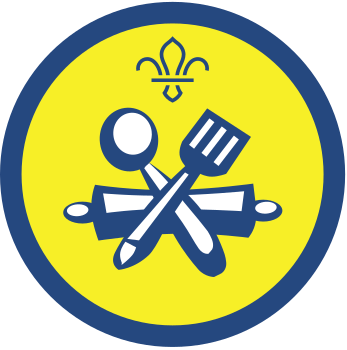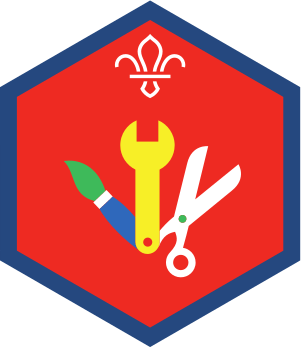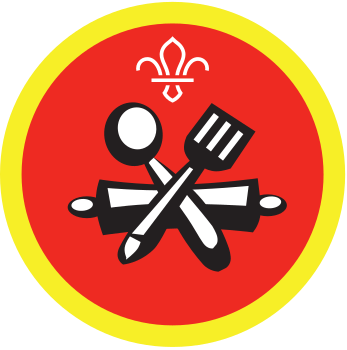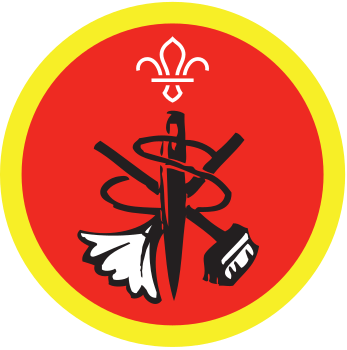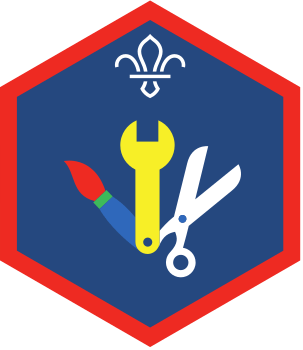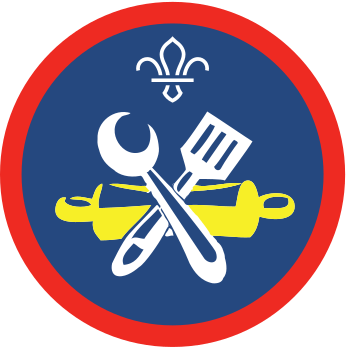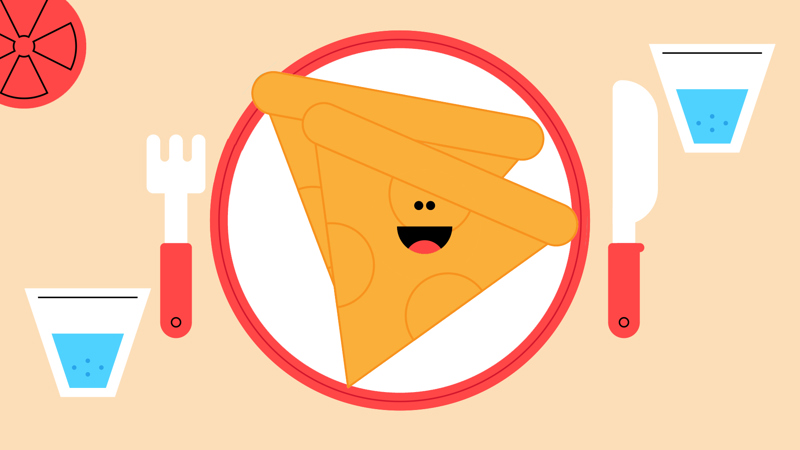
Perfect Pizzas
You’ll need
- Chopping boards
- Knives
- Oven
- Mixing bowls
- Spoons
- Baking trays
- Kitchen scales
- Plates
- Ingredients (see recipe)
Before you begin
- Check in advance whether anyone has allergies or dietary requirements, and make sure you have suitable ingredients or substitutes.
- If you’re planning to cook as part of a normal meeting, it may be best to let people know, so that they come ready to make (and eat!) a meal.
Make your pizzas
- The person leading the activity should explain that pizza was first made in Naples, in the South of Italy.
The city quickly grew and became one of the largest in Europe, but with that a lot of people fell in to poverty. They were working so hard that they barely had time to stop and eat, so they needed something cheap that they could eat on the go. So pizzas were invented and sold in the street to the workers. They were cheap, easy to make and with lots of flavour!
- Everyone should split into groups of between four and six people. It’s best if people with similar dietary requirements stick together – this makes it easier and reduces the risk of cross contamination.
- Everyone should get ready to cook by tying their hair up, taking off any rings, rolling long sleeves up, washing their hands, and covering any cuts with a blue (or brightly coloured) plaster.
- The person leading the activity should give each group a copy of the recipe. Each group should collect their equipment and weigh and measure their ingredients (an adult may need to help with this).
- Everyone should follow the recipe cards, with adults helping out when needed.
- Once they’re ready, everyone should clean and lay the table and serve the food.
- After they’ve enjoyed their meal, everyone should help to tidy up and clean.
Reflection
This activity reminded everyone that one exciting part of being a citizen is being able to shares special things (such as food) with other people. Can anyone think of any other dishes from other countries?
This activity also gave everyone the chance to gain practical skills for cooking and serving food. Had anyone tried pizza before? How did today’s version compare? There were lots of different skills involved in making this meal, including mixing, kneading and rolling – so well done for giving them all a go! These skills can also be used to make other dishes – can anyone think of an example?
Safety
All activities must be safely managed. You must complete a thorough risk assessment and take appropriate steps to reduce risk. Use the safety checklist to help you plan and risk assess your activity. Always get approval for the activity, and have suitable supervision and an InTouch process.
- Food
Remember to check for allergies, eating problems, fasting or dietary requirements and adjust the recipe as needed. Make sure you’ve suitable areas for storing and preparing food and avoid cross contamination of different foods. Take a look at our guidance on food safety and hygiene.
- Cooking
Teach young people how to use cooking equipment safely. Supervise them appropriately throughout. Make sure it’s safe to use and follow manufacturers’ guidelines for use.
- Sharp objects
Teach young people how to use sharp objects safely. Supervise them appropriately throughout. Store all sharp objects securely, out of the reach of young people.
- Fires and stoves
Make sure anyone using fires and stoves is doing so safely. Check that the equipment and area are suitable and have plenty of ventilation. Follow the gas safety guidance. Have a safe way to extinguish the fire in an emergency.
- Water games and activities
Be careful when doing activities with, in, or near water. Check surfaces and reduce the risk of slipping where possible. Make sure you have appropriate supervision for this activity.
Make it more challenging by adding a starter or dessert to make a two-course meal.
Depending on the age of your group, they may need more or less adult help with each step – for example you may need to pre-measure out the ingredients, or chop the veggies in advance.
Make sure you cater for everyone’s dietary requirements. Gluten-free flour is likely to be available in larger supermarkets, and it’s easy to substitute the mozzarella for dairy-free or vegan alternatives.
All Scout activities should be inclusive and accessible.
Work towards your Beavers, Cubs, Scouts or Explorers International Activity Badge by enjoying your pizza as part of a themed evening to explore different Italian traditions and culture.
People can decide what toppings to include on their pizzas.
